
Learning from Covid-19: How Bedfordshire Wellbeing Service began a Quality Improvement project about reducing inequalities
17th March 2021
By Catherine Heaney, Improvement Advisor
3-minute read
This story explains how Bedfordshire Wellbeing Service, known as BWS, came to develop their project on reducing inequalities, how they identified these and the next steps to tackling them.
The Covid-19 pandemic has exacerbated potential inequalities for many, for example older adults with less confidence in digital environments, those who suffer from domestic abuse or perinatal service users for whom physical access to services has been greatly reduced. Work at BWS has moved to do more to uncover these inequalities and develop ways to tackle these.
Figure 1. A selection of responses to the question “What has worked well for some of your service users / population groups during this time?”
In June 2020, following the first wave of the pandemic, BWS ran focus groups to provide an opportunity for staff and service users to reflect on their experience of Covid 19. The focus groups used a set of questions called the Shaping Our Future Framework. The focus groups helped the service to learn from these experiences and identify key themes to focus on. The images below show a summary of the learning.
Figure 2. A selection of responses to the question “When thinking about our service users, are there any groups you are particularly concerned about? Why?
BWS developed the following driver diagram based on what they had learned about inequalities and gathered further feedback to shape this important work towards recovery and the future.
Figure 3. A driver diagram about closing the gap in inequalities, observed through wave 1 of the Covid-19 pandemic
In September 2020, the service began to scope a QI project to take forward the aim of reducing inequalities. A triple aim approach was chosen, so that outcomes, experience and value could be improved for their population. Sharon G, the project lead worked with their coach Cath Heaney to complete the “Model for Understanding Success in Improving Quality” (MUSIQ). There are lots of factors to do with the context in which you work that will impact on the viability of your quality improvement project and this downloadable tool generates a score to help you see where further support may be needed to make your quality improvement efforts more effective. The outcome of this suggested that the project has a reasonable chance of success. The chart below shows the scores for each of the factors evaluated.
Figure 4. Chart of MUSIQ scores
As the MUSIQ was positive overall, with the main area of concern around the microsystem, the team’s theory was that they could tackle this by learning more about the microsystem as part of the three-part data review.
In November 2020, the project team was formed and began to meet fortnightly via MS teams. They also have a dedicated channel for project files and communications.
They decided to begin work on their first driver, shown in figure 3, which is around “Identifying and tackling health and life inequalities (BAME, poorer backgrounds, unemployment and carers) and those vulnerable groups linked to Covid-19″. The team started by working to narrow down on a specific population that they could begin to work with. Each team member researched a chosen aspect of health inequalities and/or the geography of Bedford Borough and Central Bedfordshire. Geographically, the three areas with the poorer outcomes in terms of health and life inequalities were found to be Bedford, Flitwick and Houghton Regis
Collating and discussing their research, they have summarised and reached a decision to focus on men in Bedford over 40 of Asian or Asian British ethnicity They have collaborated using Google Jam board, shown in the snapshot below:
Figure 5. Google Jam boards used to summarise and agree on population segment for this QI project
The team are now setting about undertaking a three-part data review, which is designed to help them understand the needs and assets within the population they are working with. Over the coming weeks, the project team will be carrying out partner interviews with care teams and professionals providing care or supporting the population. We will share their stories as they unfold during 2021.
Most Read Stories
-
Why is Quality Control important?
18th July 2018
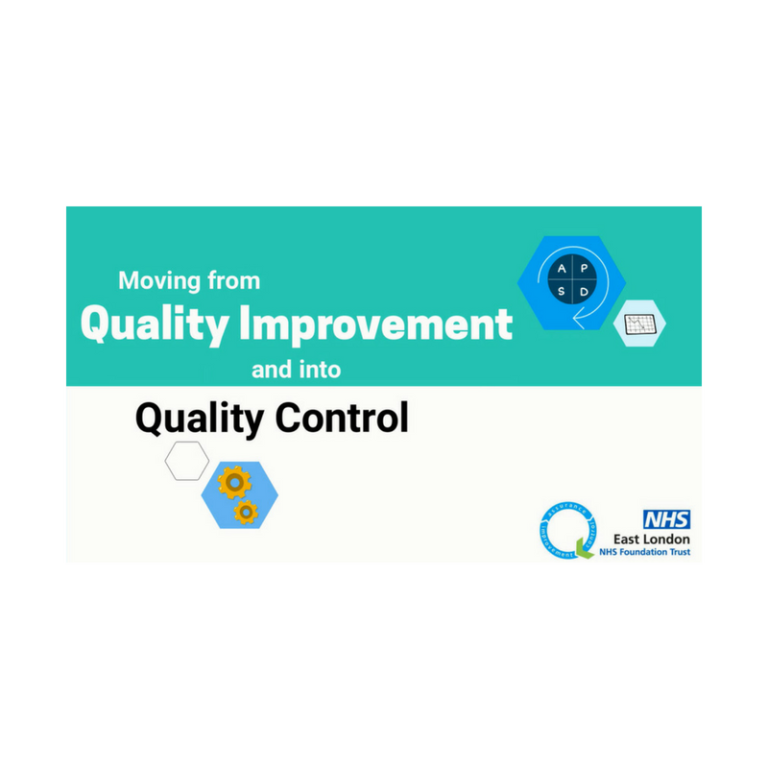
-
An Illustrated Guide to Quality Improvement
20th May 2019
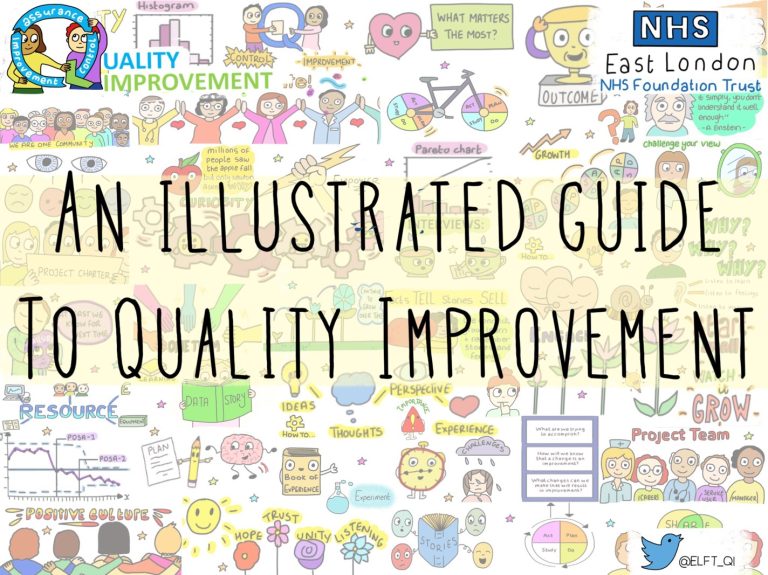
-
2016 QI Conference Poster Presentations
22nd March 2016
-
Recognising Racism: Using QI to Help Take Action
21st January 2021
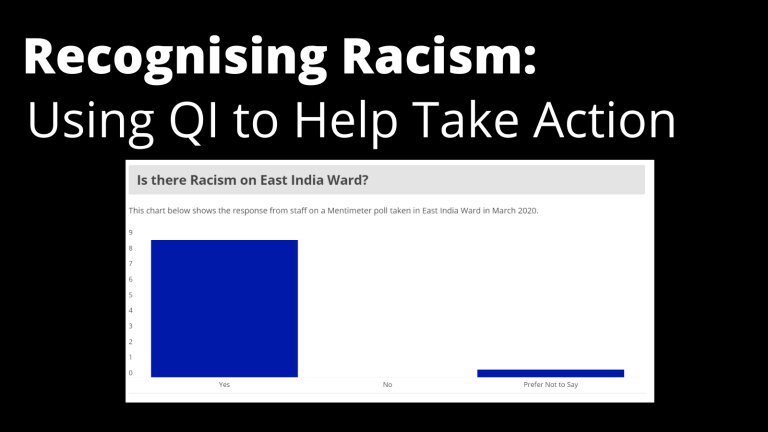
-
Using data enabled us to understand our problem
31st March 2023
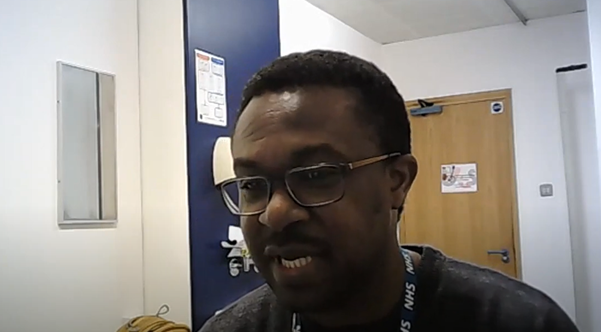
-
QI Essentials: What does a Chief Quality Officer do?
18th March 2019

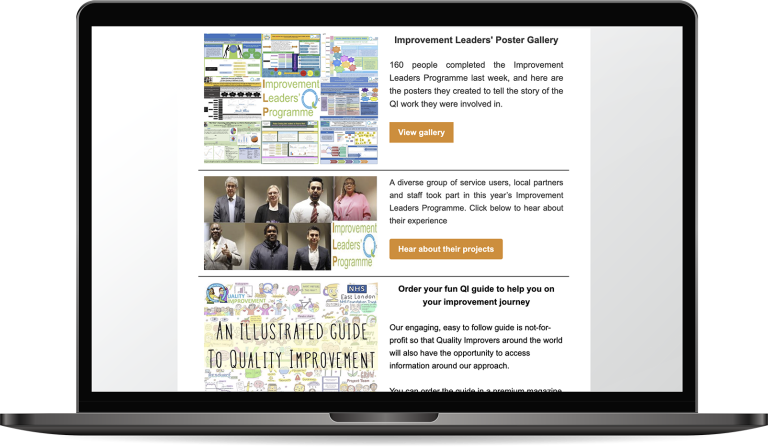
Follow QI on social media
To keep up to date on the latest concerning QI at ELFT, follow us on our socials.








